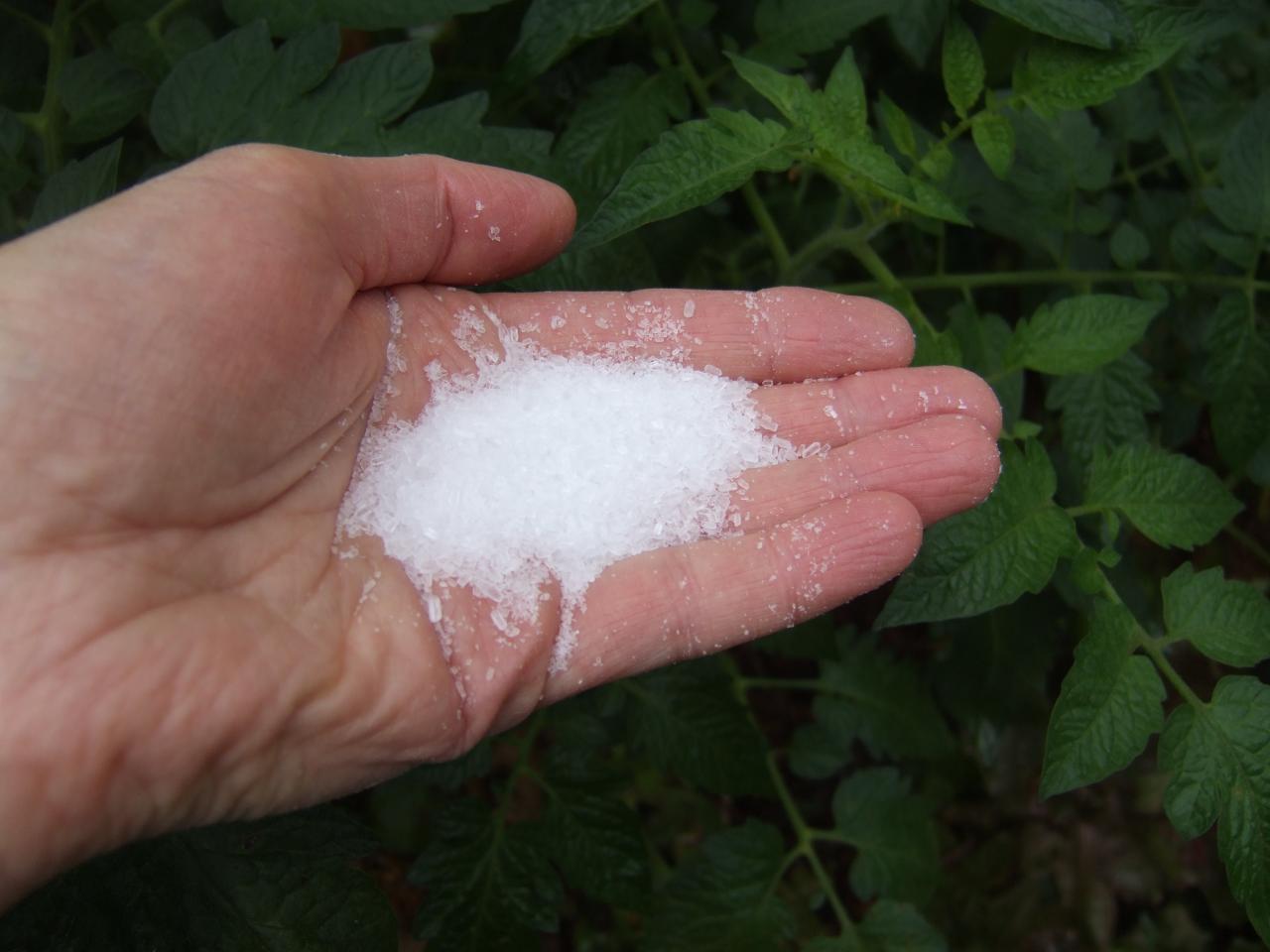What Plants Don't Like Epsom Salt? Tips for Better Plant Care
Explore Why Some Plants Decline Epsom Salt as a Nutrient Source
In the intricate globe of plant nutrition, the denial of Epsom salt as a feasible nutrient resource by some plants presents an interesting conundrum. The reasons behind this careful actions dig right into a complex interplay of plant absorption systems, the distinct chemical structure of Epsom salt, and plant-specific nutrient preferences.
Plant Absorption Mechanisms
In delving right into the elaborate world of plant absorption devices, it ends up being noticeable that the procedure is regulated by a sophisticated interaction of molecular pathways and physical characteristics. Plants soak up nutrients largely via their origins, making use of different transportation systems to uptake necessary elements such as nitrogen, phosphorus, magnesium, and potassium. Magnesium, a crucial part in chlorophyll synthesis and enzyme activation, plays a vital function in plant development and advancement.
The absorption of magnesium entails numerous actions, starting with its schedule in the dirt service. As soon as liquified, magnesium ions are occupied by plant roots via particular transport proteins installed in the cell membranes. These proteins assist in the motion of magnesium throughout the root cell wall surfaces and right into the plant's vascular system, where it is after that dispersed to different cells to support numerous physiological functions.
Recognizing the elaborate devices behind magnesium absorption in plants sheds light on just how this important nutrient contributes to total plant wellness and performance. By maximizing magnesium uptake pathways, growers can enhance crop yields and high quality, emphasizing the importance of understanding plant absorption dynamics for sustainable agriculture methods.
Epsom Salt Chemical Structure
The chemical structure of Epsom salt, additionally understood as magnesium sulfate heptahydrate, discloses a distinctive setup of elements that add to its one-of-a-kind homes and applications - what plants don't like epsom salt. Epsom salt is made up of magnesium (Mg), sulfur (S), oxygen (O), and hydrogen (H) atoms. The formula MgSO4 · 7H2O suggests that each molecule includes one magnesium atom, one sulfur atom, 4 oxygen atoms, and 14 hydrogen atoms. The presence of water particles in its structure contributes to its solubility in water. The 7 water particles are loosely adhered to the magnesium sulfate compound, allowing it to liquify easily in water and be easily taken up by plants with their roots.
The crystal structure of Epsom salt creates monoclinic prisms, which are lengthened crystals with identical ends. This crystal shape influences the physical homes of Epsom salt, such as its structure and solubility. Recognizing the chemical structure of Epsom salt is important for understanding its behavior as a nutrient source and its communications with plants in gardening and farming techniques.
Plant-Specific Nutrient Preferences
Plants show distinct choices for details nutrients, stressing the importance of recognizing their specific demands for optimal development and growth. These choices are determined by numerous elements, including the plant types, stage of growth, environmental conditions, and dirt composition. For instance, some plants may flourish in nitrogen-rich dirts, while others need even more phosphorus or potassium for healthy and balanced advancement. Comprehending these plant-specific nutrient choices is important for optimizing crop yields, boosting ornamental plant growth, and promoting general plant health - what plants don't like epsom salt.

Plant-specific nutrient preferences can additionally differ based on whether the plant is a monocot or dicot. Monocots, such as lawns and lilies, have different nutrient needs contrasted to dicots like roses and tomatoes. Furthermore, certain plants click here now may exhibit specific shortages or poisonings when revealed to poor or excess degrees of particular nutrients. By tailoring nutrient supplementation to fulfill the precise requirements of each plant varieties, farmers can enhance plant growth, minimize vitamins and mineral waste, and assistance sustainable farming methods.

Dirt Ph and Nutrient Uptake
Given the essential duty of plant-specific nutrient preferences in enhancing growth and wellness, comprehending the partnership between soil pH and nutrient uptake becomes extremely important. Soil pH plays a vital role in figuring out the accessibility of essential nutrients for plant uptake. Various plants have differing pH choices for optimal nutrient absorption. As an example, acidic dirts with a reduced pH agree with for plants like blueberries and azaleas, while alkaline dirts with a higher pH fit plants such as lilacs and clematis.
Soil pH affects the chemical forms of nutrients in the soil. In acidic dirts, nutrients like iron, aluminum, and manganese can become a lot more offered, yet too much level of acidity can bring about poisoning problems. On the various other hand, alkaline dirts might limit the availability of nutrients like copper, zinc, and iron, impacting plant growth. Preserving the ideal pH degree in the soil is essential for making sure that plants can effectively uptake the necessary nutrients for their healthy advancement and performance.
Hereditary Elements in Nutrient Uptake
In the realm of plant nutrition, the interplay of genetic factors considerably influences the uptake of vital nutrients important for plant development and development. Hereditary aspects play a crucial function in shaping a plant's capacity to soak up and make use of nutrients successfully.
In addition, genetic factors also identify the effectiveness of nutrient uptake systems within plants. Some plants may possess genetic characteristics that boost their capacity to scavenge nutrients from the dirt effectively, providing them a Visit This Link competitive benefit in nutrient-poor settings. On the other hand, genetic variations can likewise cause limitations in nutrient uptake, making sure plants much more vulnerable to deficiencies also when nutrients are bountiful in the soil.
Comprehending just how hereditary elements affect nutrient uptake is critical for developing techniques to enhance plant nourishment and improve crop efficiency in different farming settings. By untangling the genetic systems associated with nutrient uptake, scientists can work in the direction of developing genetically improved plant varieties with boosted nutrition acquisition capacities.
Verdict

In the detailed world of plant nutrition, the denial of Epsom salt as a sensible nutrient resource by some plants poses an interesting dilemma. what plants don't like epsom salt. Recognizing these plant-specific nutrient choices is crucial for taking full advantage of plant yields, enhancing decorative plant development, and advertising overall plant wellness
By tailoring nutrient supplements to meet the exact demands of each plant varieties, growers can enhance plant growth, minimize vitamins and mineral waste, and assistance sustainable agricultural techniques.
In the realm of plant nourishment, the interaction of genetic aspects considerably influences the uptake of essential nutrients crucial for plant growth and development. Comprehending these intricacies in plant nutrient uptake is important for optimizing plant development and wellness in agricultural methods.